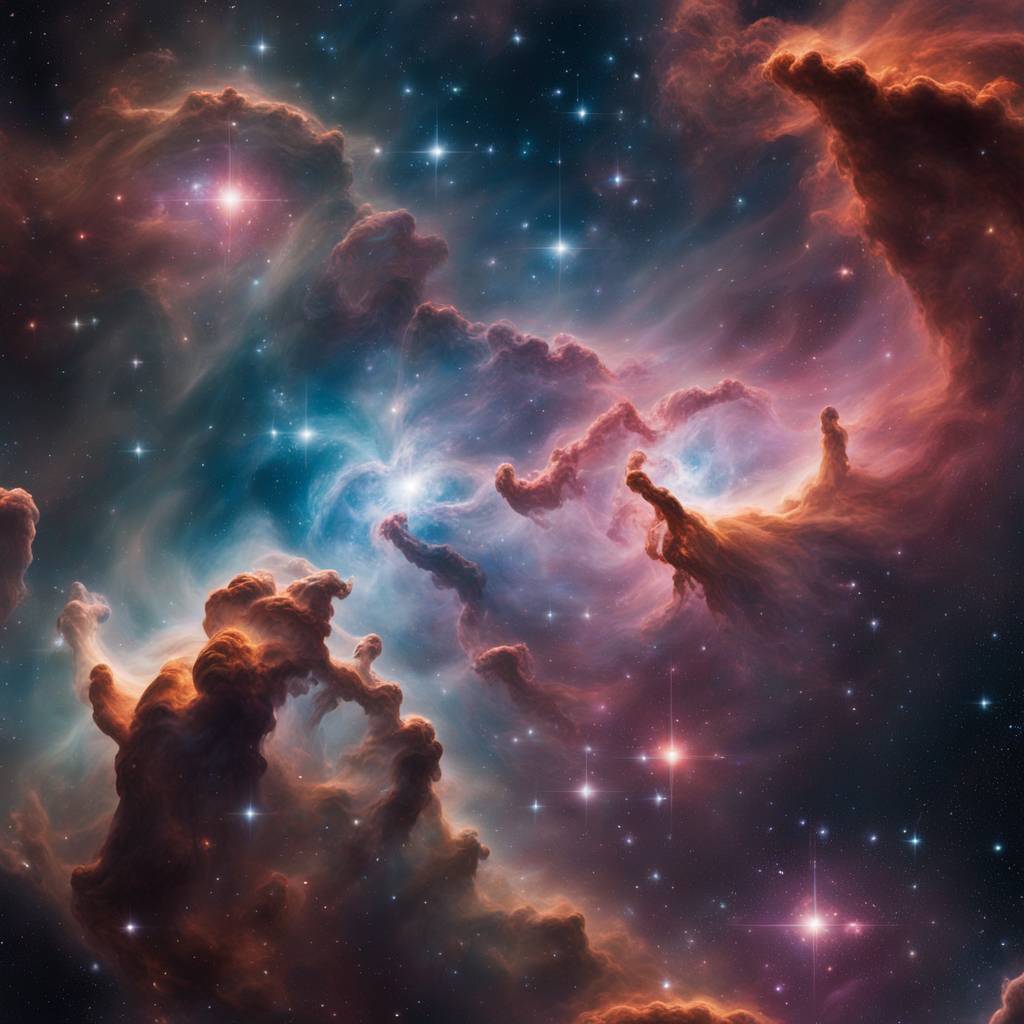Astronomers recently made a surprising discovery when observing a stellar pair known as HD 148937, located about 3800 light-years away in the direction of the Norma constellation. The two stars in this system are much more massive than the Sun and are surrounded by a stunning nebula of gas and dust. What caught the astronomers’ attention was the fact that one of the stars appeared to be much younger and magnetic, unlike its companion. This age difference of at least 1.5 million years raised questions about how such a discrepancy could occur in a system where the stars were expected to have formed at the same time.
Further investigation into the system revealed that there was originally a third star in the system, which eventually merged with one of the two inner stars in a violent event. This merger resulted in the creation of the surrounding nebula, known as NGC 6164/6165, which is significantly younger than both stars and contains high levels of nitrogen, carbon, and oxygen. The team of astronomers used data from various instruments, including the PIONIER and GRAVITY on ESO’s VLTI, as well as archival data from the FEROS instrument at ESO’s La Silla Observatory, to piece together the puzzle of what had happened in this complex system.
The observations also revealed that the two inner stars had at one point been close together in their orbit, while the third star was much more distant. The merger of the two inner stars resulted in one of them becoming magnetic, explaining the peculiar magnetic properties observed in HD 148937. This scenario not only sheds light on the formation of magnetic fields in massive stars but also provides evidence for a long-standing theory that massive stars can acquire magnetic fields through mergers.
The team of astronomers involved in the study, led by Abigail Frost from ESO, believe that the merging of two stars in the system led to the rejuvenation of the more massive star, explaining the age difference between the two stars. This finding offers valuable insights into the evolution of massive stars and the processes that occur when star systems undergo violent events like mergers. It also demonstrates the capabilities of advanced observational tools like those used in this study to unravel the mysteries of distant stellar systems.
The discovery of the unique properties of HD 148937 has not only provided new insights into the evolution of massive stars but has also raised questions about how common such events might be in the universe. The rarity of a system like HD 148937, with its complex history of stellar mergers and resulting magnetic properties, underscores the need for further exploration and study of similar systems to better understand the processes that govern the formation and evolution of stars in our galaxy and beyond. By piecing together the clues left behind in systems like HD 148937, astronomers hope to unlock the secrets of how stars, including massive ones, can change and evolve over time.


